Popular on Food52
Continue After Advertisement
24 Comments
Jenny
August 26, 2018
How do you make these in black? Once I get started, I think I could make a hundred prints, it’s such a fascinating process!
Chiara C.
August 28, 2017
Hi, I found your tutorial super nice so I added it to my collection "Inspirational Tuesday". Of course there's full credit. Hoping that it will make you happy, you can check it here: http://www.chimu.it/2017/07/28/inspirationaltuesday-august-september-17
Great job again! :)
Chiara Chimù
Great job again! :)
Chiara Chimù
Kate
October 9, 2016
Thank you for the tutorial. Inspired by this post I tried this today for the first time. My prints worked out reasonably well but most of my prints were pale blue rather than white like yours. The prints continued to expose after washing. Do you have any tips for keeping the prints as white as possible? I was using Inkodyne on cotton paper. Thanks for the inspiration, it was good fun!
Linda I.
July 19, 2016
How would you do this project using children's handprints? What a wonderful keepsake it would make!
rinne A.
July 19, 2016
hi linda, i have made these with kids a lot..!
it will take 2 or 3 minutes in bright sun to render their handprint, so they need to be patient...just place their hand on top of the paper and sit in the sunlight...most of the time the children are so excited to see the results that they hang in there and not squirm...have fun!
it will take 2 or 3 minutes in bright sun to render their handprint, so they need to be patient...just place their hand on top of the paper and sit in the sunlight...most of the time the children are so excited to see the results that they hang in there and not squirm...have fun!
rinne A.
August 3, 2016
hi linda,
yes, i have...to varying degrees of success...there are places online though where you can buy pretreated yardage which may yield better results, and also a product called inkodye that works well on fabric (although it not as vibrant as true cyanotype). good luck!
yes, i have...to varying degrees of success...there are places online though where you can buy pretreated yardage which may yield better results, and also a product called inkodye that works well on fabric (although it not as vibrant as true cyanotype). good luck!
Josef V.
October 28, 2015
Hi Rinne, how are you able to get the green hue? Thanks! Josef
rinne A.
October 29, 2015
hi josef,
the green hue that you see in the images above is during development, when the piece is in the sunlight...unfortunately, the color shifts and alot of the yellow tones wash away during the rinsing process. i have experiemented with different techniques to retain the green hue, but none have been reliable thus far!
:)
rinne
the green hue that you see in the images above is during development, when the piece is in the sunlight...unfortunately, the color shifts and alot of the yellow tones wash away during the rinsing process. i have experiemented with different techniques to retain the green hue, but none have been reliable thus far!
:)
rinne
rinne A.
October 19, 2015
hi joanna,
yes, you may delay development...i have never delayed it more than a few hours, myself...but it will be fine if you place it in the dark bag and hold it there for a short while...
yes, you may delay development...i have never delayed it more than a few hours, myself...but it will be fine if you place it in the dark bag and hold it there for a short while...
Joanna
October 17, 2015
How much of a delay can there be between exposure and development, if you put it back in a dark bag in between? Does it have to be done right away or could it wait a few hours?
rinne A.
October 29, 2015
hi joanna,
yes, you may delay development...i have never delayed it more than a few hours, myself...but it will be fine if you place it in the dark bag and hold it there for a short while...
yes, you may delay development...i have never delayed it more than a few hours, myself...but it will be fine if you place it in the dark bag and hold it there for a short while...
Robert
September 25, 2015
On fabric? Yes! I've used well-washed cotton canvas and also cotton muslin.
Two tips, 1. A splash of hydrogen peroxide in the rinse water will intensify the blue. 2. Fantastic spray cleaner will "erase" sections that you dab with a cotton swab. I used this technique in art school (further back than I care to admit) and the prints have lasted. It's a great process.
Two tips, 1. A splash of hydrogen peroxide in the rinse water will intensify the blue. 2. Fantastic spray cleaner will "erase" sections that you dab with a cotton swab. I used this technique in art school (further back than I care to admit) and the prints have lasted. It's a great process.
suzanne
September 24, 2015
Curious about the chemical rinse. Slow running water the whole time? And then these chemicals are in your garden? Can the paper just sit in a tub of water? Beautiful results, would love to do some Christmas cards.
rinne A.
October 29, 2015
hi suzanne,
yes, you do need to have the running water during your rinse...the chemicals dissipate in the soil- i usually rinse the prints in the back corner of my yard...good luck!
yes, you do need to have the running water during your rinse...the chemicals dissipate in the soil- i usually rinse the prints in the back corner of my yard...good luck!
STEFANIE C.
September 19, 2015
Can you recommend colored paper that would work also?
I have never heard of the paper you are suggesting. Where would I go to ask for it?
I love this. Thank you for taking the time to post. I'm already on the lookout for items and frames for one wall in my living room
I have never heard of the paper you are suggesting. Where would I go to ask for it?
I love this. Thank you for taking the time to post. I'm already on the lookout for items and frames for one wall in my living room
rinne A.
October 29, 2015
hi stefanie,
this process works best on a thicker paper- i have used thinner paper and the chemicals have washed away...any craft store carries watercolor paper, so it should be fairly easy to find...and, using a colored paper would be beautiful- i just recommend finding one that is archival and sturdy...good luck!
this process works best on a thicker paper- i have used thinner paper and the chemicals have washed away...any craft store carries watercolor paper, so it should be fairly easy to find...and, using a colored paper would be beautiful- i just recommend finding one that is archival and sturdy...good luck!
Shelley
September 18, 2015
Can you use fabric to make the sun prints? If so would you suggest which type of fabric would work best?
shaunadaughters
September 18, 2015
What a fantastic project! Beautiful prints! I would love to do this as an art project . Do you have a favorite paper you suggest?
Thanks
Thanks
rinne A.
September 18, 2015
hi shaunadaughters,
i prefer a hot-press watercolor paper as it is smoother than cold-press (although the cold-press adds a nice texture).
i use an Arches paper, but i encourage you to try some different papers, as they yield different results...
have fun!
i prefer a hot-press watercolor paper as it is smoother than cold-press (although the cold-press adds a nice texture).
i use an Arches paper, but i encourage you to try some different papers, as they yield different results...
have fun!
marrison
September 17, 2015
They are beautiful, I agree. I especially love the feather. I was all ready to do this until I came to the rinsing step. Rinse for 20 minutes per picture?? That's seems an incredible waste of water when so many are experiencing hardship due to water shortages. I don't mean to be a party-pooper, but water is fast becoming our most precious resource. I hope others will think twice about doing this project.
rinne A.
September 17, 2015
hi marrison,
i understand your concerns about the water usage needed for this project, but i should clarify a bit and say that you may rinse your prints *together* during that 20 minute cycle...i realize that it is still 20 minutes, but it will yield many lifelong-lasting prints at once...
unfortunately, many photographic processes need large amounts of water in order for them to work...this is an inevitable by-product of photography. but, the water from the rinse cycle in this project could be saved for another use...also, if someone was doing this project in a darkroom, there are recirculating print washers available that cut down on water usage as well.
if anyone out there has a good idea for how to reduce the water usage for this project do let us know!
- rinne
i understand your concerns about the water usage needed for this project, but i should clarify a bit and say that you may rinse your prints *together* during that 20 minute cycle...i realize that it is still 20 minutes, but it will yield many lifelong-lasting prints at once...
unfortunately, many photographic processes need large amounts of water in order for them to work...this is an inevitable by-product of photography. but, the water from the rinse cycle in this project could be saved for another use...also, if someone was doing this project in a darkroom, there are recirculating print washers available that cut down on water usage as well.
if anyone out there has a good idea for how to reduce the water usage for this project do let us know!
- rinne
Emily
November 11, 2015
A rain barrel might be a good, guilt-free alternative for anyone concerned about "wasting water" that doesn't live in California. I have two in my yard and always have too much water left over.
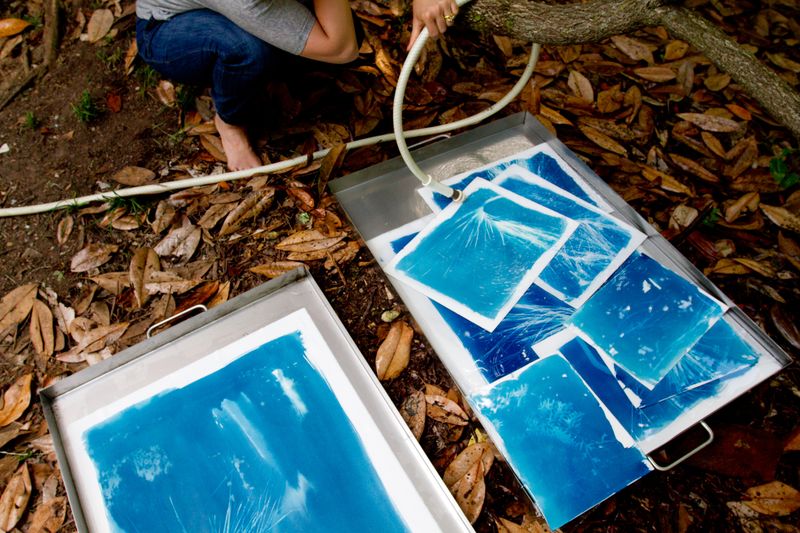
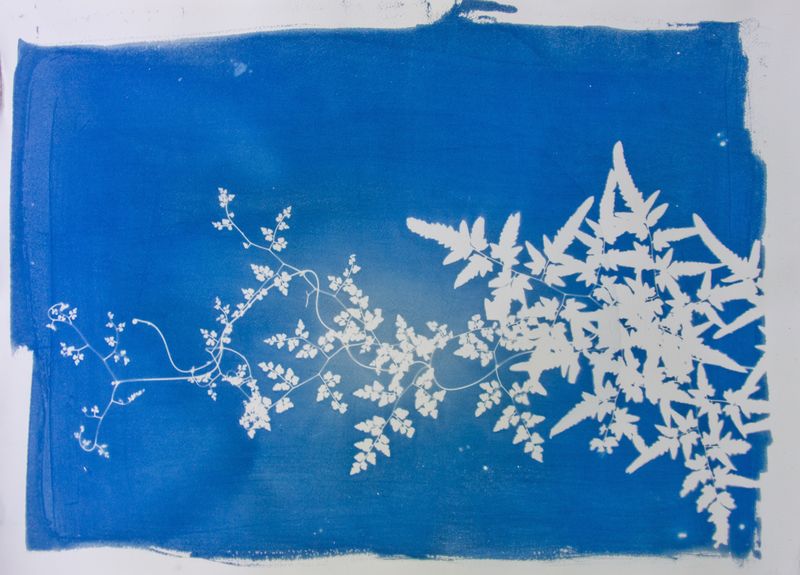

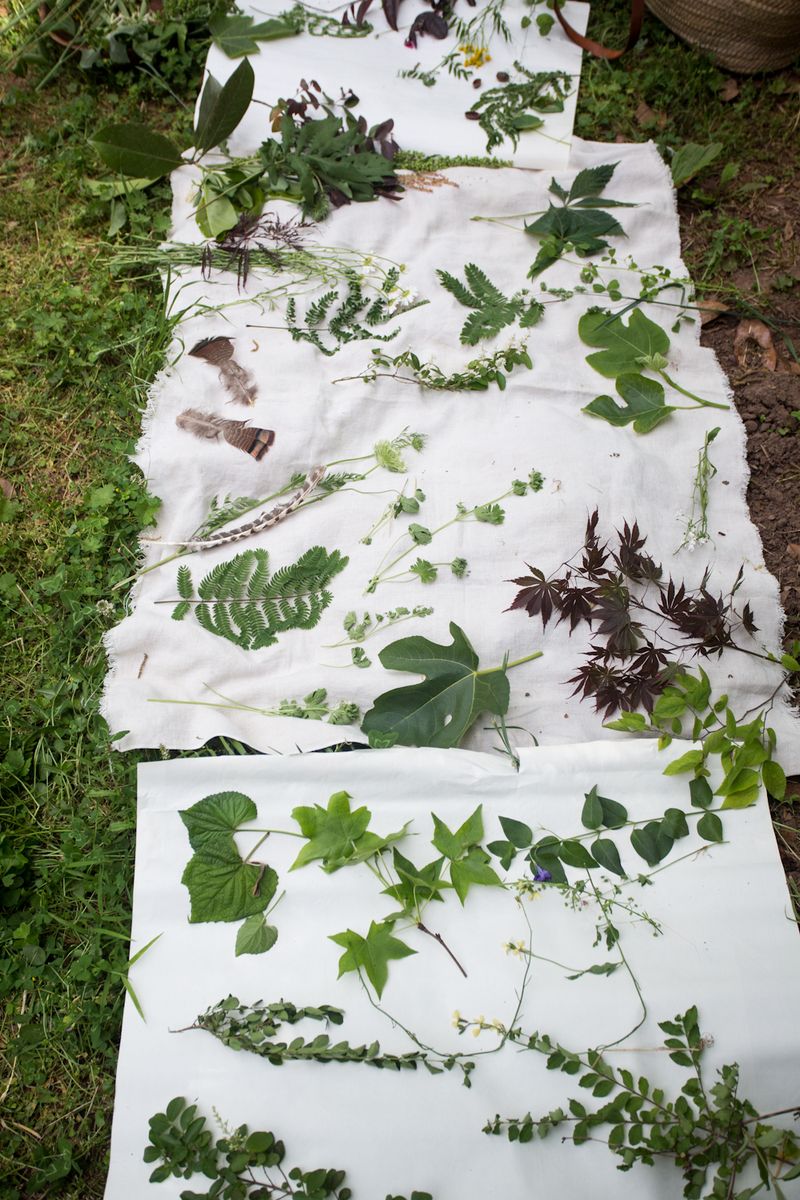
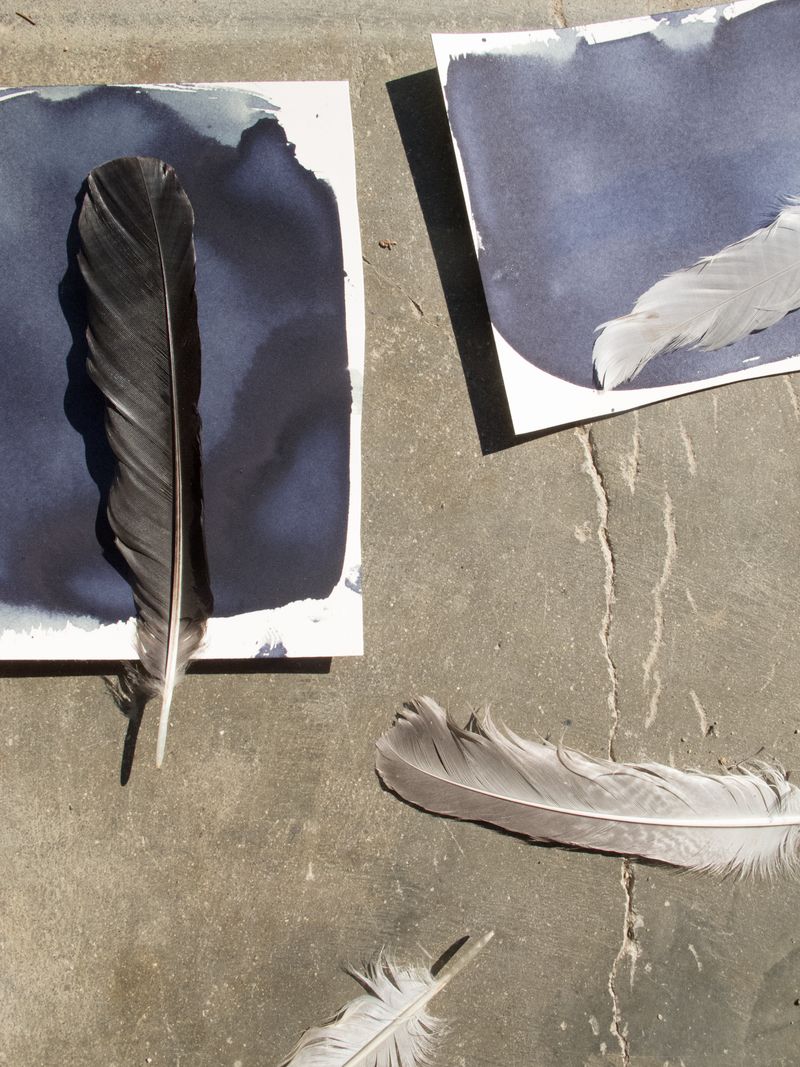
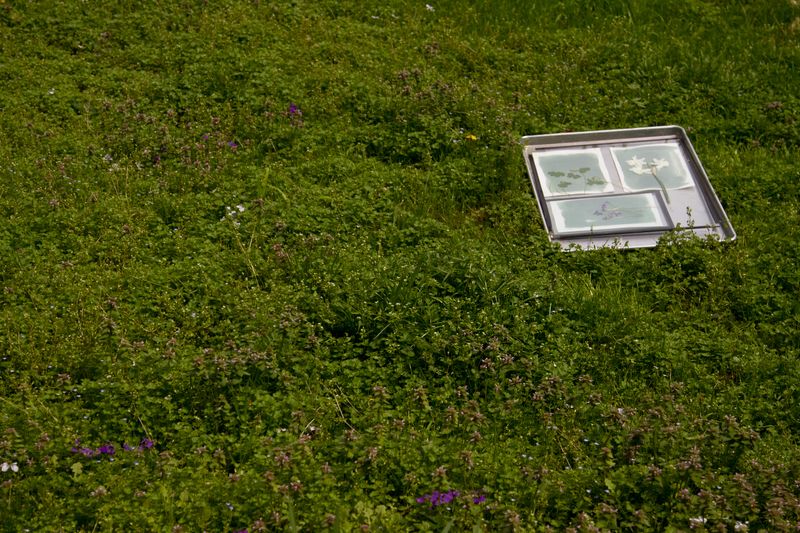
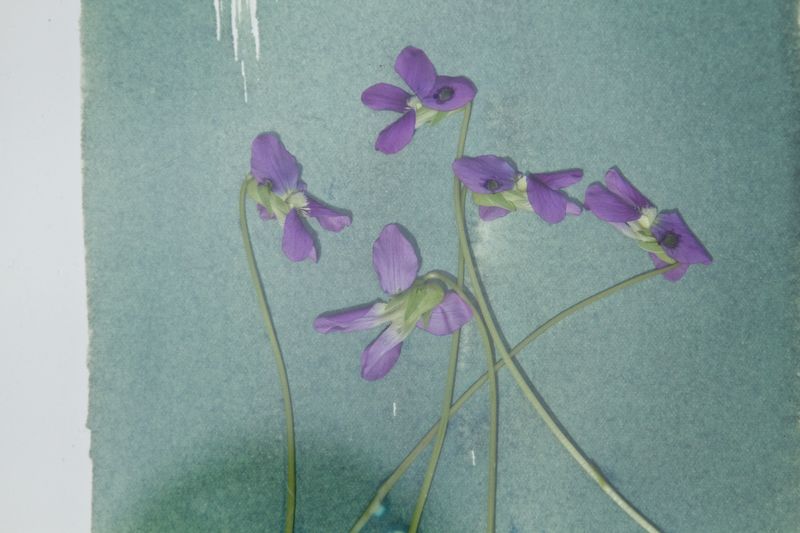
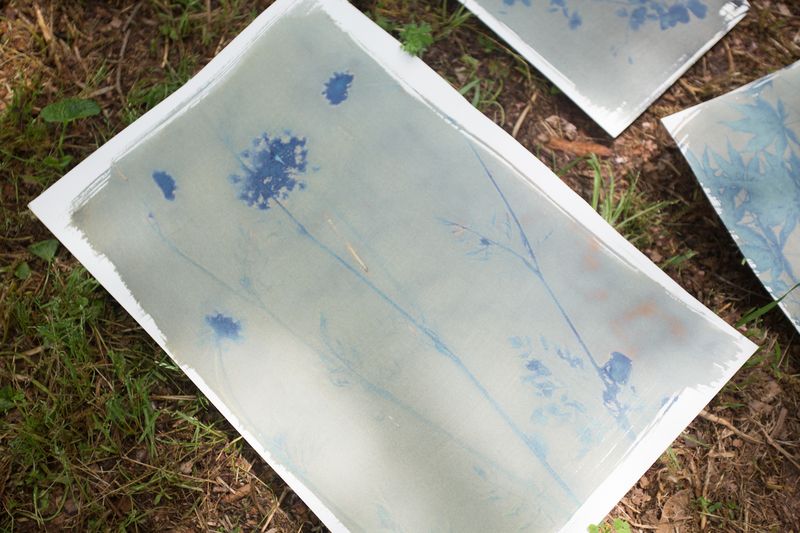
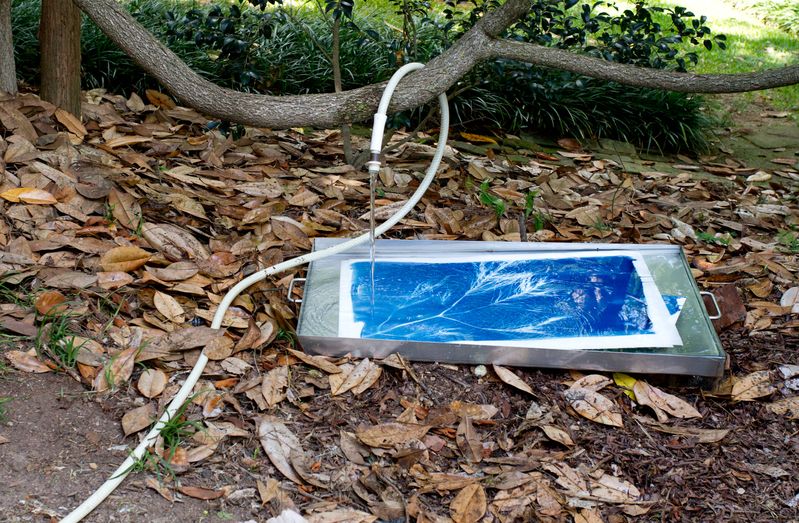
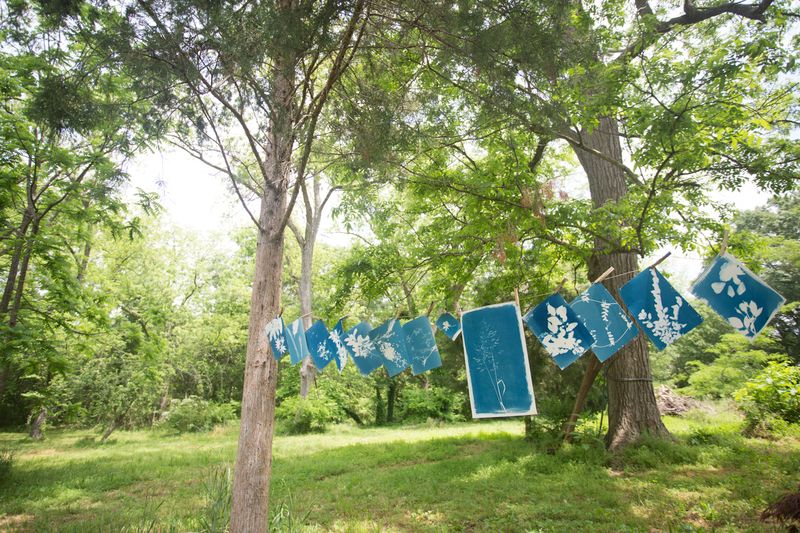
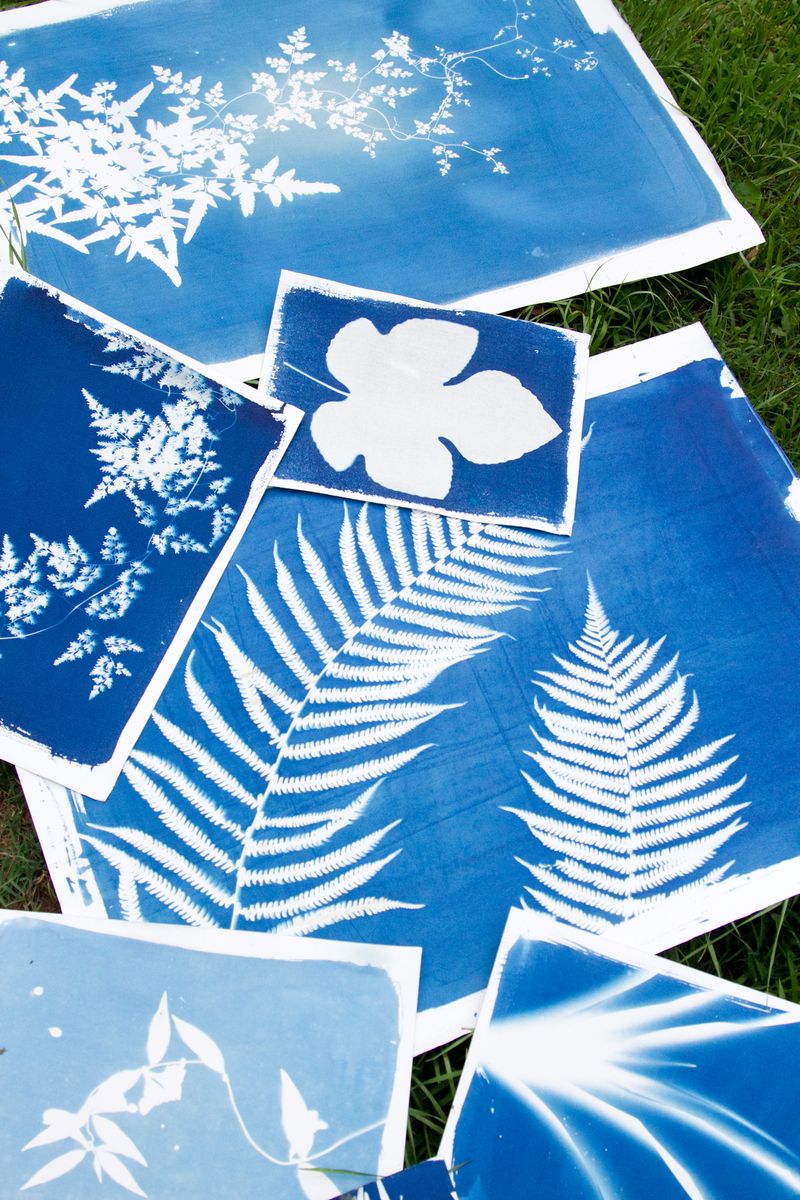


See what other Food52 readers are saying.